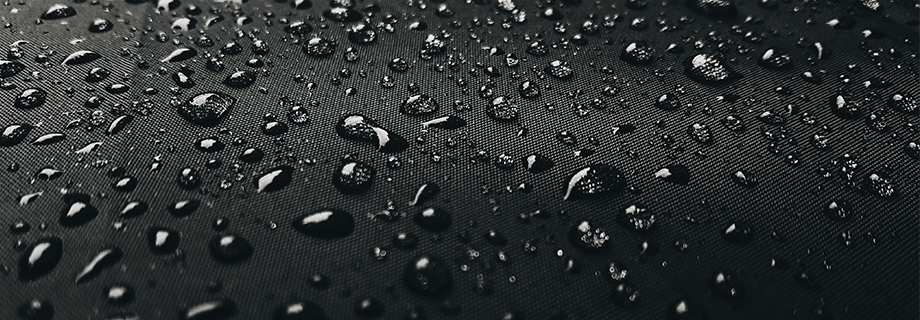Moisture Tester

In my opinion, anybody who owns an extruder needs a good moisture tester. No matter what kind of product is being extruded, the moisture tester is a critical piece of equipment in assuring a consistent, high quality finished product.
There are plenty other options besides an expensive NIR (near infrared) analyzer. These units can analyze several things such as fat, fiber, protein and moisture, but they are difficult to calibrate; moisture can hinder accuracy and are limited in the number of products they can measure (because of extensive calibration).
I’m also not talking about a cheap whole grain tester typically used in the field or co-op. You need to be able to monitor moisture at different points in the process and what may start out as whole grain doesn’t end that way.
My personal favorite for testing moisture is the moisture balancer. The balancer works by taking a sample of known weight and applying heat to flash off the moisture. The balancer is calibrated so that it automatically weighs the dry matter left and gives you a percentage. Once calibrated, these units are very accurate (.003), and all that is required is pregrinding the ingredient to be tested. Usually a 500g sample is enough to get an accurate test in about 5 minutes.
What are the reasons for moisture testing?
- Moisture has direct effect on the efficiency of the oil press. High moisture translates into reduced oil extraction as it relates to the oil press. Pre-testing of raw ingredients can allow you to make adjustments such as drying, or blending, before you start processing.
Full Fat soy:
- Extrusion of soy that is too dry, say 8%, can have an adverse effect on the finished analysis of the extruded soy. Especially the urease and trypsin inhibitor levels. In this case, possible moisture addition during the process may be beneficial.
Shaped products:
- Shaped products, such as dog food or fish feed; usually require the use of post-extrusion drying. Being able to test the moisture at the dryer exit can allow for precise adjustment of the dryer, reducing both shrinkage loss and fuel consumption.
Testing prior to going to storage:
- This can avert storage problems such as post storage heating, or oxidation, which can have serious consequences. This is especially important if moisture is being added back in the post cooling phase, usually to reclaim some of the shrinkage that occurs due to moisture loss associated with the extrusion process.
A good moisture tester is an essential tool for maintaining a quality extrusion process no matter what it may be.


